Ringneck Blenny
Bavosa Africana Parablennius pilicornis Blennidae intotheblue.it
The ringneck blenny (Parablennius pilicornis) is a species of combtooth blennies widespread in coastal waters of EasternAtlantic from Spain and Portugal,Namibia, in theMediterranean Sea from Morocco, Algeria, Spain. In the Southwest Atlantic it is found near Brazil and Patagonia,Argentina. Also in WesternIndian Ocean from Natal to Knisna in South Africa. This species reaches a length of 12.7 centimetres.

They are the largest family of blennies with around 400 known species.
The body plan of the combtooth blennies is archetypal to all other blennioids; their blunt heads and eyes are large, with large continuous dorsal fins (which may have three to 17 spines). Their bodies are compressed, elongated, and scaleless; their small, slender pelvic fins (which are absent in only two species) are situated before their enlarged pectoral fins, and their tail fins are rounded. As their name would suggest, combtooth blennies are noted for the comb-like teeth lining their jaws.

La livrea è estremamente variabile: i maschi sono molto scuri con una macchia all’estremità anteriore della pinna dorsale, mentre altri individui possono essere completamente giallo oro o biancastri con una banda nera longitudinale (distinguibili da Parablennius rouxi poiché c’è un’altra linea nera longitudinale subito sotto la pinna dorsale). Si riproduce in estate con modalità simili a quelle degli altri Blenniidae.
(Tratto da Wikipedia)

By far the largest species is the eel-like hairtail blennyat 53 cm in length; most other members of the family are much smaller. Combtooth blennies are active and often highly colourful, making them popular in thea quariumhobby.
Generally benthic fish, combtooth blennies spend much of their time on or near the bottom. They may inhabit the rocky crevices of reefs, burrows in sandy or muddy substrates, or even empty shells. Generally found in shallow waters, some combtooth blennies are capable of leaving the water for short periods during low tide, aided by their large pectoral fins which act as “feet”. Small benthic crustoceans,mollusks, and other sessile invertebrates are the primary food items for most species; others ea talagae or placton.
Some combtooth blennies form small groups, while others are solitary and territorial. They may be either diurnal or nocturnal, depending on the species. Females lay egss in shells or under rock ledges; males guard the nest of eggs until hatching. In some species, the eggs may remain in the oviduct of the female until hatched. The fry of some species undergo an ‘ophioblennius’ stage, wherein the fish are pelagic (i.e., inhabiting the midwater) and have greatly enlarged pectoral fins and hooked teeth.



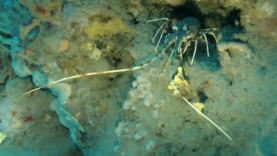
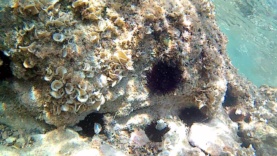
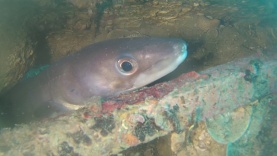
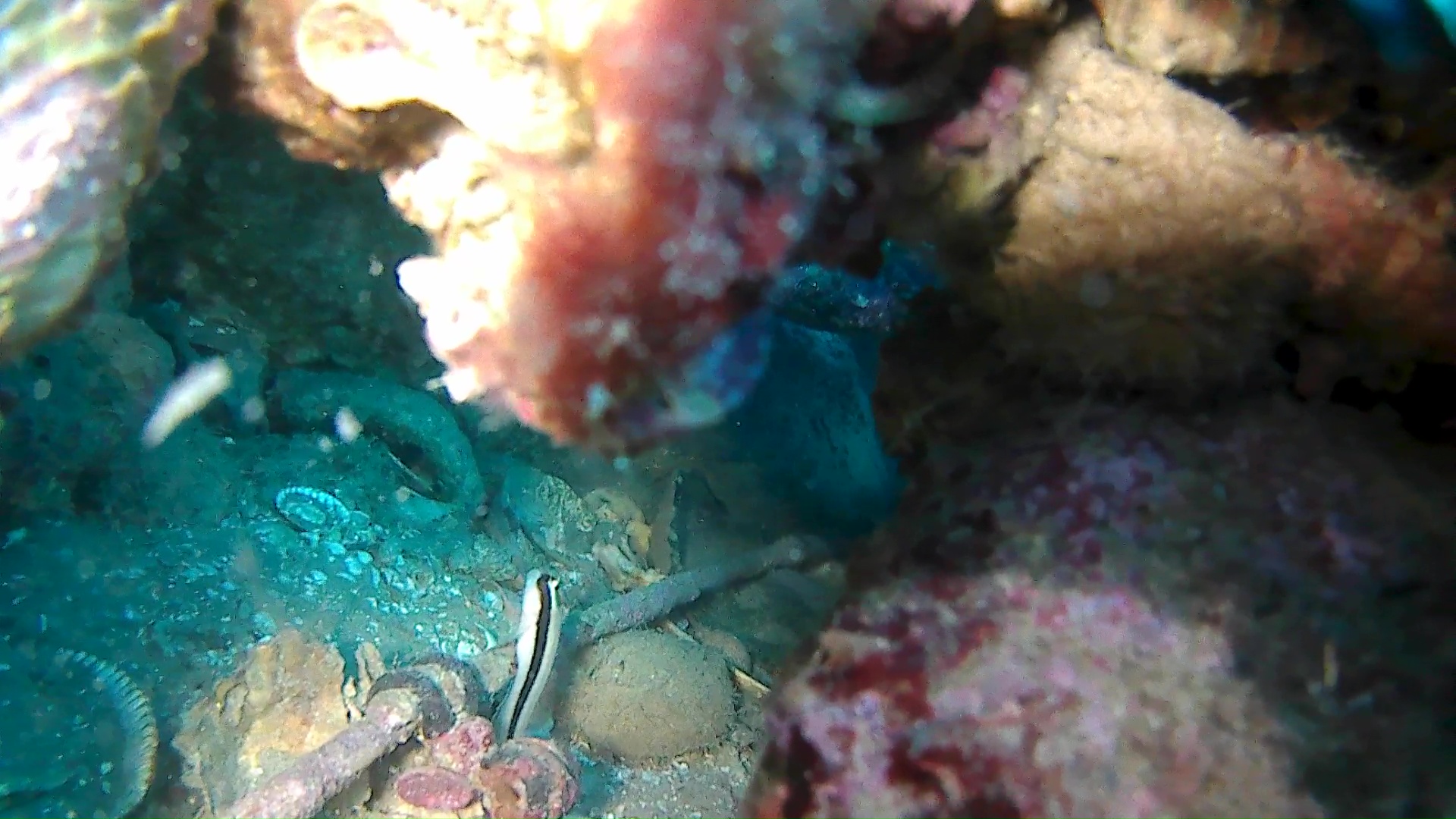
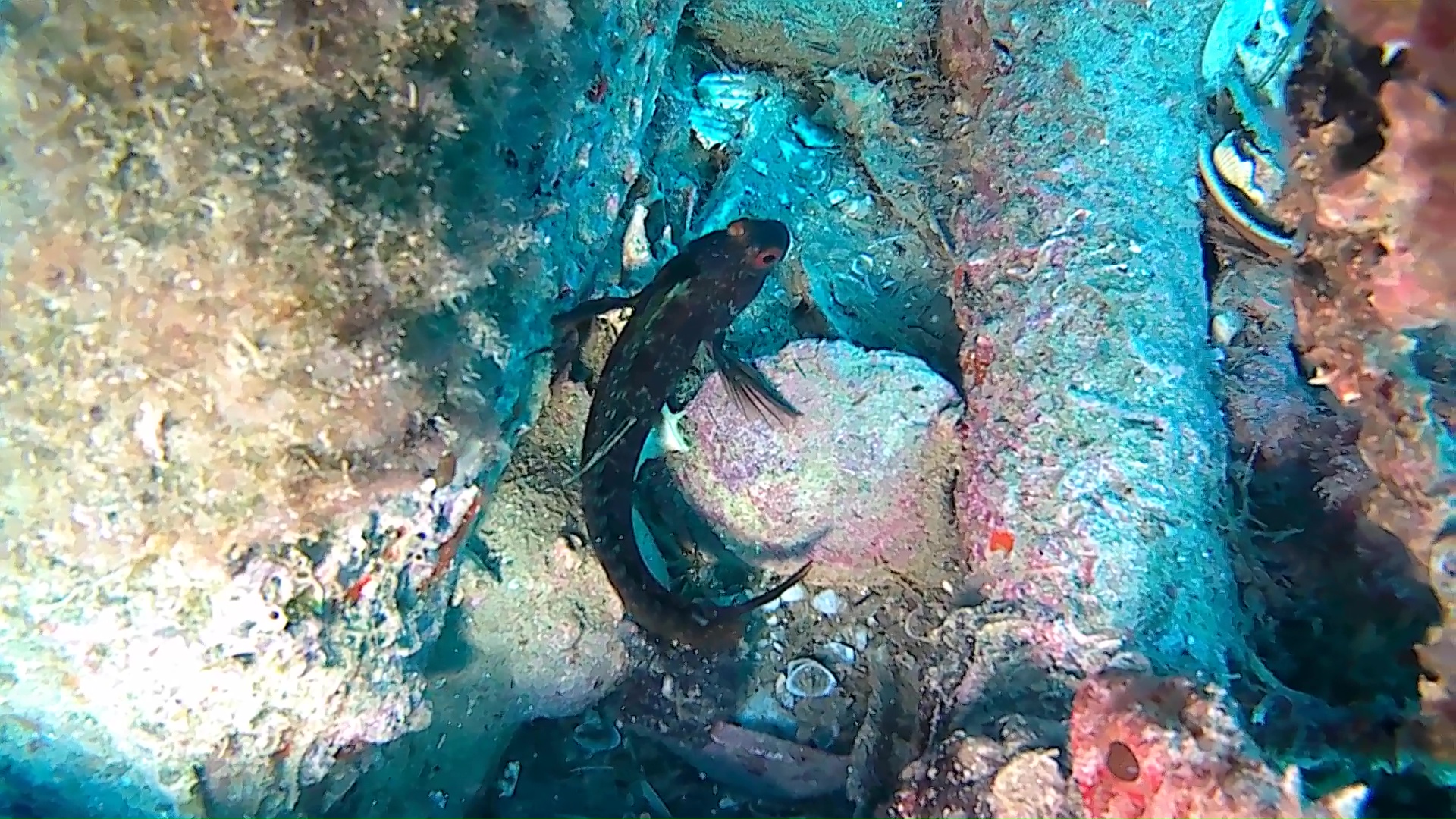

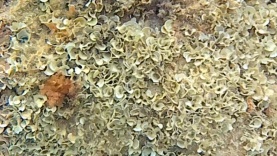













You must be logged in to post a comment.